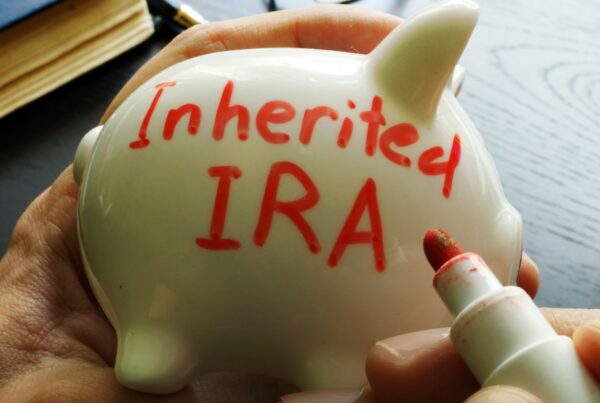 Nobody is talking about the fact that the tax provisions in the Tax Cuts & Jobs Act of 2017 are due to revert back, after December 31, 2025, to what they had been in 2017—just 26 months from now. But if and when that threshold is crossed, it could be a rude awakening for a number of taxpayers.
Nobody is talking about the fact that the tax provisions in the Tax Cuts & Jobs Act of 2017 are due to revert back, after December 31, 2025, to what they had been in 2017—just 26 months from now. But if and when that threshold is crossed, it could be a rude awakening for a number of taxpayers.
For example? One of the most dramatic shifts would be the estate tax rates. The federal estate tax exemption in 2017 was $5.49 million; that is, the first $5.49 million that a taxpayer passed on to heirs would pass estate-tax free. Today, that exemption is a whopping $12.92 million; for married couples, the combined exemption is $25.84 million. The ‘revert’ would bring exemption down to something like $6.5 million—a third as high as currently.
The Tax Cuts & Jobs Act also doubled the standard deduction, which led to fewer people going through the hassle of itemizing deductions. The standard deductions for the 2017 tax year were $6,350 for single filers; $12,700 for people married filing jointly. Today, the standard deduction is $13,850 for single filers; $27,700 for those filing jointly.
The tax table revert would generally put people in higher brackets; most Americans would pay 1-4 percent more in personal taxes under the old reverted-to tax tables than they are currently.
Yes, we still have two years to prepare for this. But anyone whose net worth is above the old estate tax threshold should start making plans now for how to get money out of the estate, and everybody should brace themselves for once again having to go through the chore of itemizing deductions—unless Congress comes up with a new tax bill. At that point, anything is possible.



